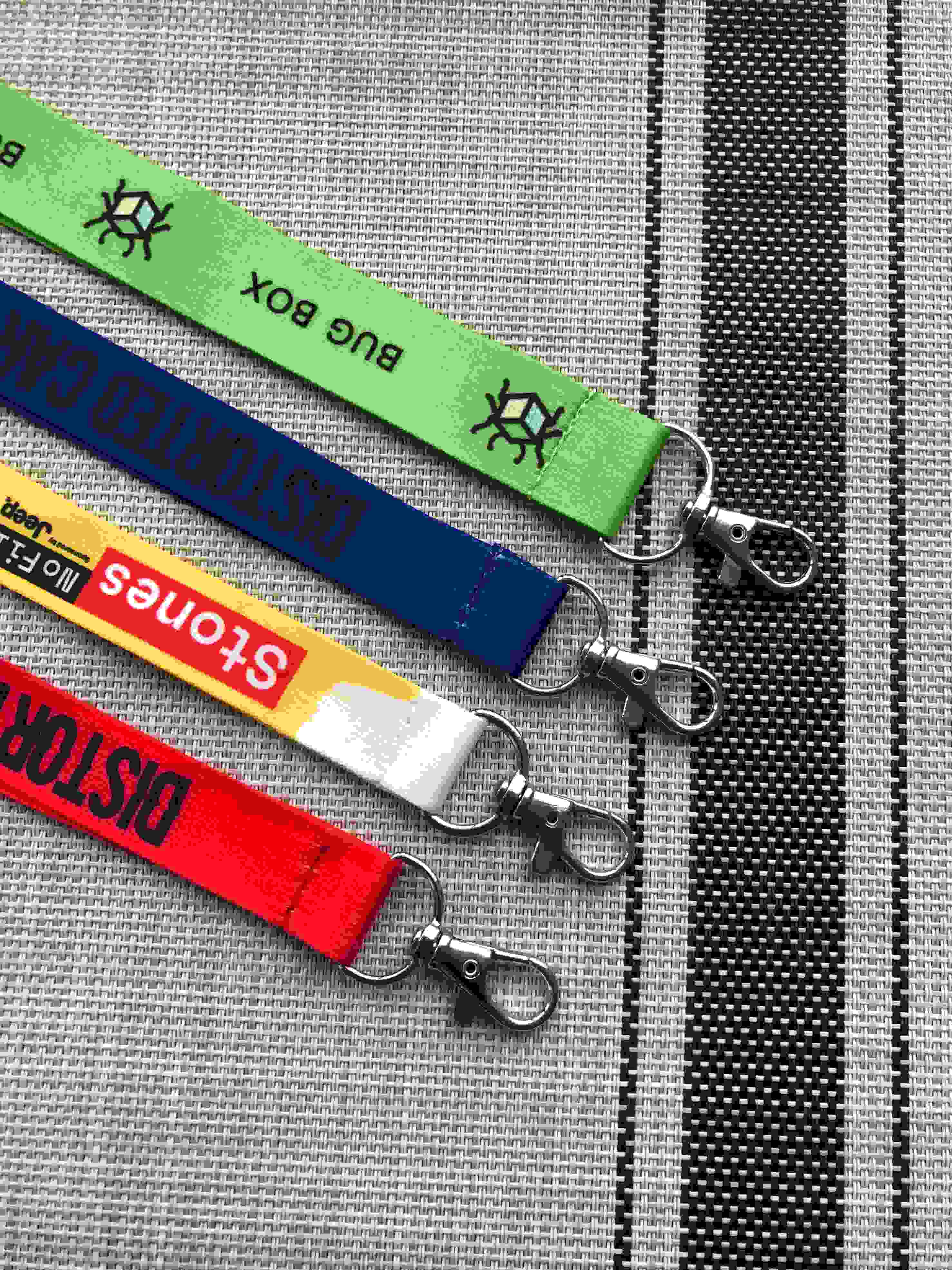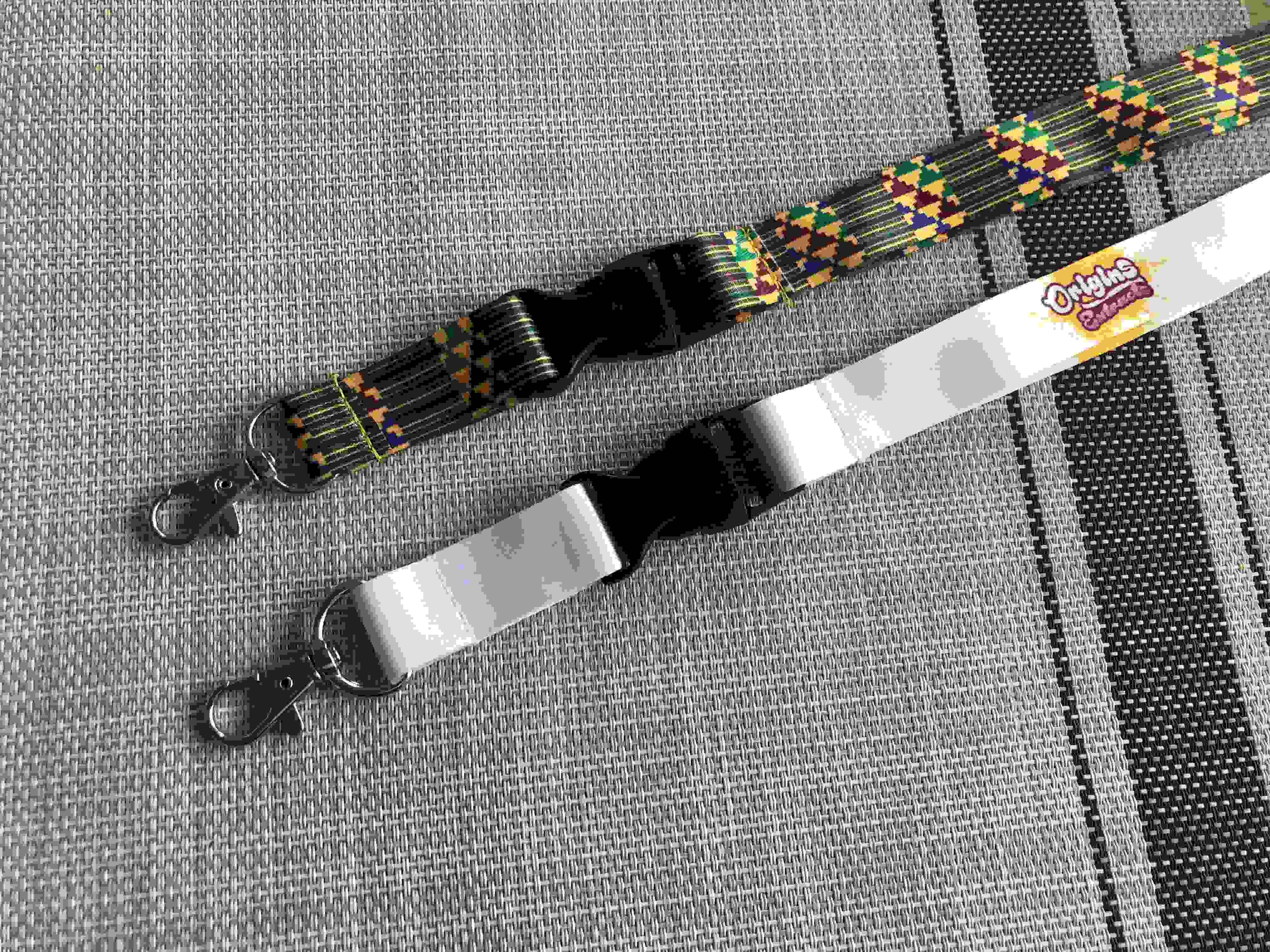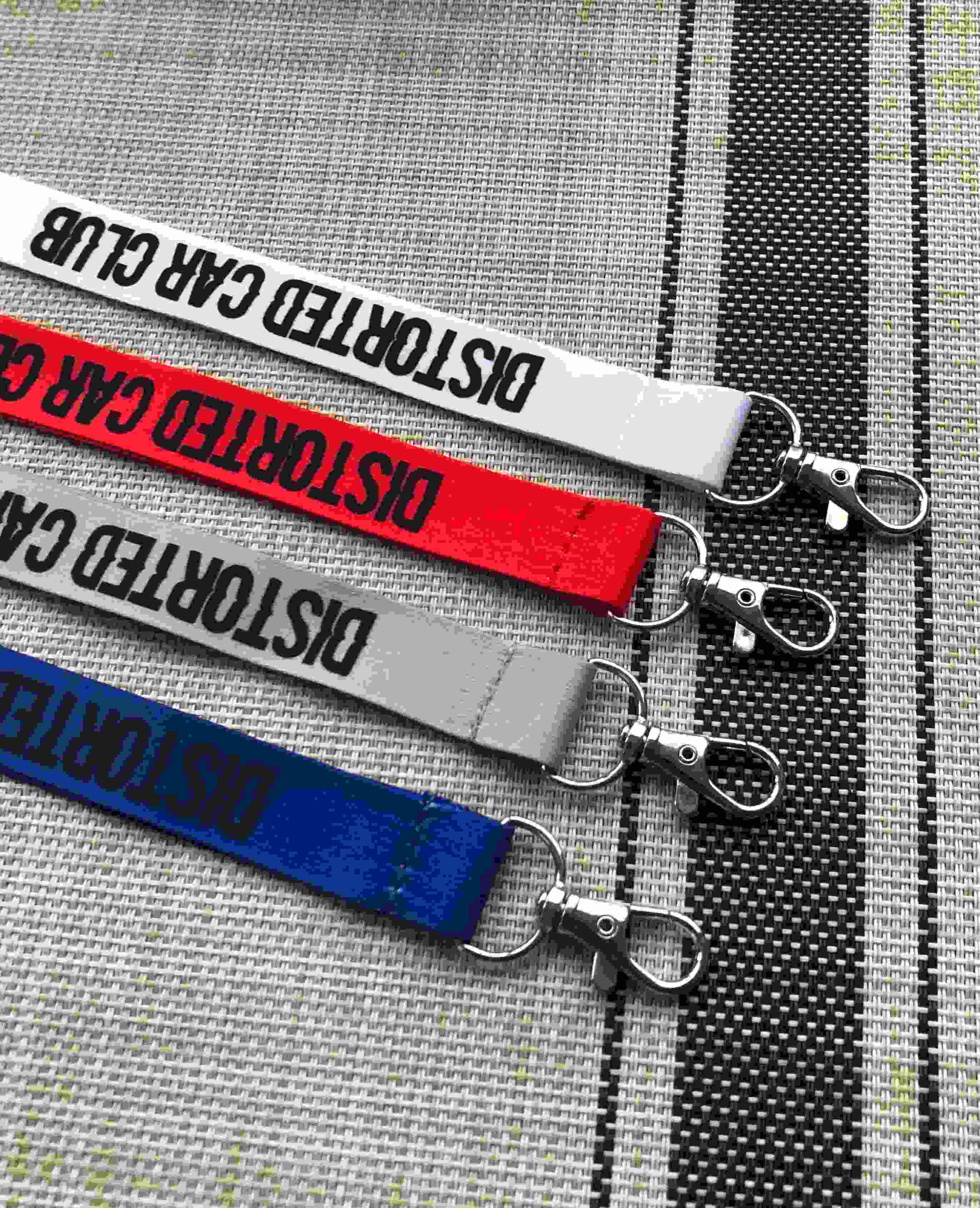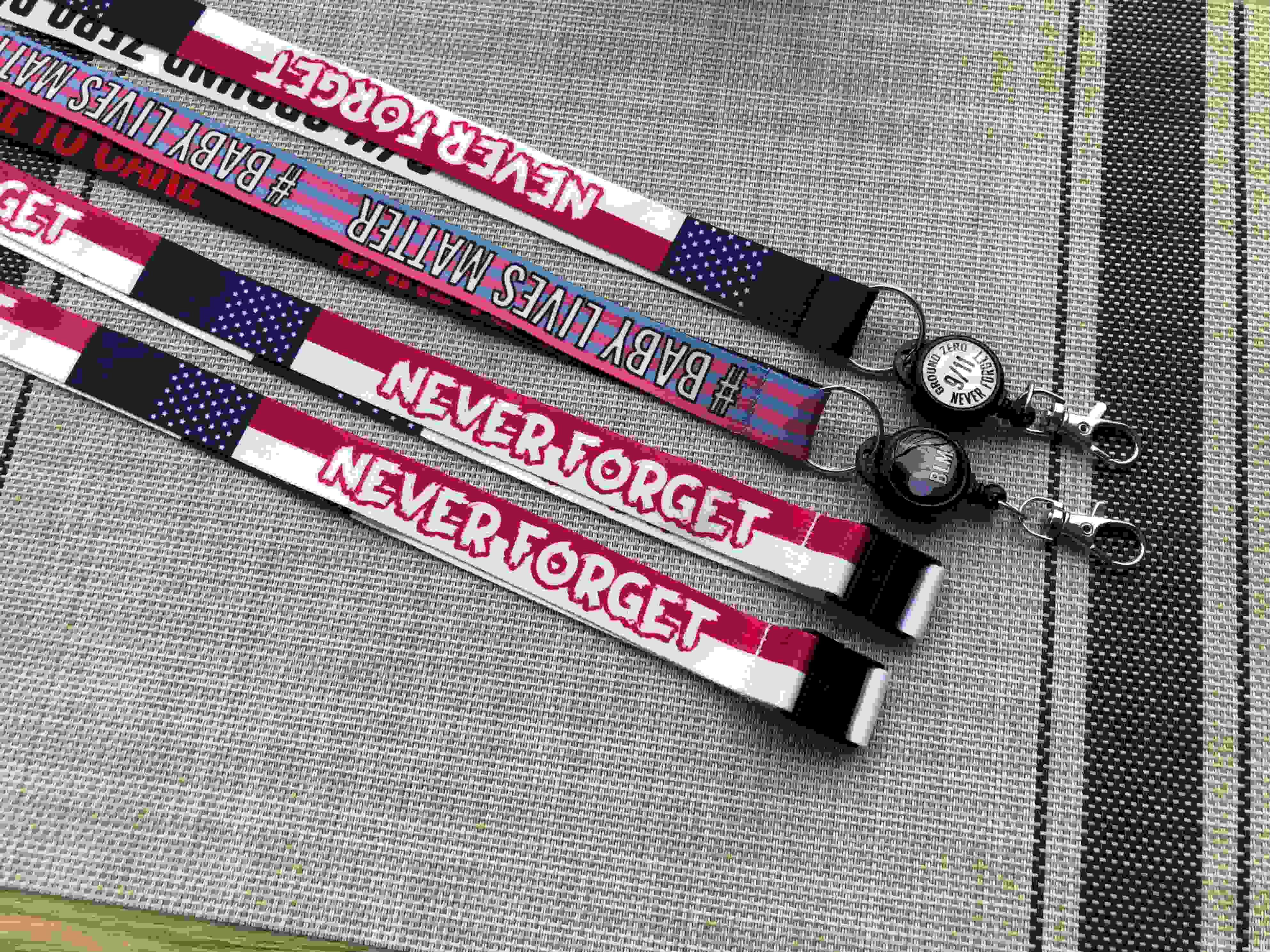Introduction
As event management, security, and access control systems become increasingly digitized, the demand for efficient and secure identification tools has grown exponentially. Barcode wristbands, coupled with variable data, have emerged as a versatile solution, addressing various industry needs. ID&C, a leading provider of event wristbands, integrates barcode technology and variable data into its wristbands, offering a seamless solution for event organizers, healthcare providers, and security personnel. These wristbands allow for quick identification, customization, and streamlined operations, meeting both operational and security requirements. This article highlights the unique selling points, features, industry trends, and real-world applications of barcode wristbands with variable data.
Unique Selling Points (USP) and Features
Barcode wristbands with variable data from ID&C come with distinct advantages that meet the needs of various sectors. Below are the key features:
Enhanced Security: Each wristband is embedded with a unique barcode, ensuring accurate identification and reducing the chances of counterfeit or duplicate access.
Customizable Variable Data: Event organizers and administrators can personalize wristbands with unique data, such as attendee names, access levels, and special permissions.
Fast Scanning and Processing: Barcodes allow quick, efficient scanning, which streamlines entry points at large events, concerts, or secure facilities.
Durability and Comfort: ID&C wristbands are designed to be both strong and comfortable, suitable for extended wear without discomfort.
Tamper-Proof Design: The wristbands are designed with security seals, preventing unauthorized transfer or reuse of wristbands.
Eco-Friendly Options: ID&C offers biodegradable and recyclable wristbands, catering to environmentally conscious organizations.
Meeting Market Demand
As large-scale events, festivals, and healthcare facilities continue to prioritize safety and operational efficiency, the demand for barcode wristbands with variable data has surged. In 2023 alone, the global market for event management technologies grew by 12%, with the barcode wristband sector seeing notable growth due to its versatility and ease of use. Organizations such as music festivals, sporting events, and conferences have shifted from traditional paper tickets to wristbands as a means of reducing counterfeit entry and speeding up guest processing.
Moreover, in healthcare, variable data wristbands are increasingly being used to track patients, especially in emergency or high-traffic environments. According to a report by the Healthcare Information and Management Systems Society (HIMSS), nearly 50% of hospitals in the U.S. have adopted barcode wristbands to improve patient safety and tracking. These wristbands can store vital patient information such as allergies, treatment protocols, and patient ID numbers, allowing healthcare providers quick access to critical data.
Case Studies
Case Study 1:
A leading music festival with over 100,000 attendees adopted ID&C's barcode wristbands to improve access control and reduce counterfeit tickets. By integrating variable data, each wristband was personalized with the attendee’s name and entry permissions. The result? An 85% decrease in ticket fraud and a 40% reduction in entry wait times, improving overall event experience and security.
Case Study 2:
A hospital introduced barcode wristbands for its patients, embedding vital information like patient ID and treatment details into the bands. These wristbands allowed staff to scan patients quickly, reducing manual errors and improving operational efficiency. The implementation led to a 30% decrease in patient misidentification incidents, significantly enhancing patient care and safety.
Industry Trends and Data
The adoption of barcode wristbands has expanded across various sectors due to their convenience, security, and versatility. In 2023, the global barcode market was valued at $7.3 billion, with expectations for further growth driven by sectors such as healthcare, event management, and entertainment. Variable data wristbands are at the forefront of this trend, offering the ability to customize access levels and personal information for large-scale events and facilities.
A survey conducted by the Event Marketing Institute revealed that 70% of event organizers reported improved efficiency and attendee satisfaction after implementing barcode wristbands. Similarly, in healthcare, studies have shown that the use of barcode wristbands can reduce patient identification errors by 67%, a critical factor in maintaining hospital safety standards.
Additionally, the trend toward contactless and digital systems has increased the relevance of barcode wristbands. As contactless technology becomes more integral to everyday interactions—partly driven by the global pandemic—the demand for efficient and hygienic solutions like barcode wristbands has soared.
User Feedback
Users across different sectors have praised ID&C barcode wristbands for their functionality and ease of use. Event organizers frequently highlight how the barcode and variable data features have enhanced both security and efficiency, particularly in managing large crowds. Healthcare professionals have also commended the wristbands for their role in streamlining patient care, reducing identification errors, and improving workflow processes. The overall consensus from users is that the wristbands are durable, secure, and simple to integrate with existing systems, making them a highly effective tool in both event and healthcare settings.
Conclusion
Barcode wristbands with variable data, provided by ID&C, offer a comprehensive solution for industries requiring secure, efficient identification tools. Their customizable features, robust security measures, and market adaptability make them an essential tool for events, healthcare, and other sectors. These wristbands not only meet current market demands but also align with future trends, ensuring they remain a valuable resource for organizations aiming to improve both security and operational efficiency.















